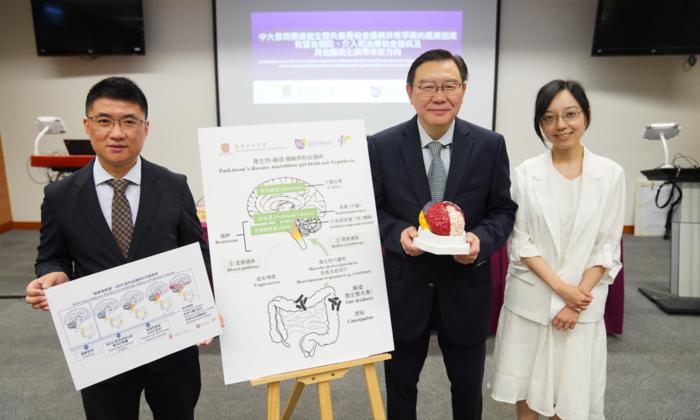CUHK and Tongji University have joined forces to develop a prototype aerial-aquatic hybrid drone capable of operating in air and water, offering great potential for various underwater operations.
Named “TJ-FlyingFish,” this amphibious drone is a collaborative effort between the Department of Mechanical and Automation Engineering (MAE) at CUHK and Tongji University’s Shanghai Research Institute for Intelligent Autonomous Systems. It was unveiled in early February this year.
Weighing 1.63 kilograms, the “TJ-FlyingFish,” features a similar body structure to a conventional drone, equipped with a central dome and four supporting arms. When fully charged, it can fly in the air for six minutes and cruise underwater for 40 minutes. Designed for full automation, it operates without manual control during navigation. The four supporting arms rotate at high speed in an upward direction during flight and in a slower downward direction during a water landing, gently submerging the body. Each arm is equipped with a gearbox, allowing operation at different speeds in the water and air environments to facilitate various operations.
The “TJ-FlyingFish” has interdisciplinary positioning and navigation systems, including GPS, an inertial measurement unit, depth sensors, and a mini speed log. Its extensive applications range from aerial and underwater surveys to remote sensing, disaster search, and rescue operations.
Professor Ben Chen from the Department of Mechanical and Automation Engineering (MAE) at CUHK stated that the “TJ-FlyingFish” development represents a significant milestone in their research. By simplifying the structure and reducing the weight, the drone can operate effectively in both water and air mediums, holding great promise for widespread future applications.





